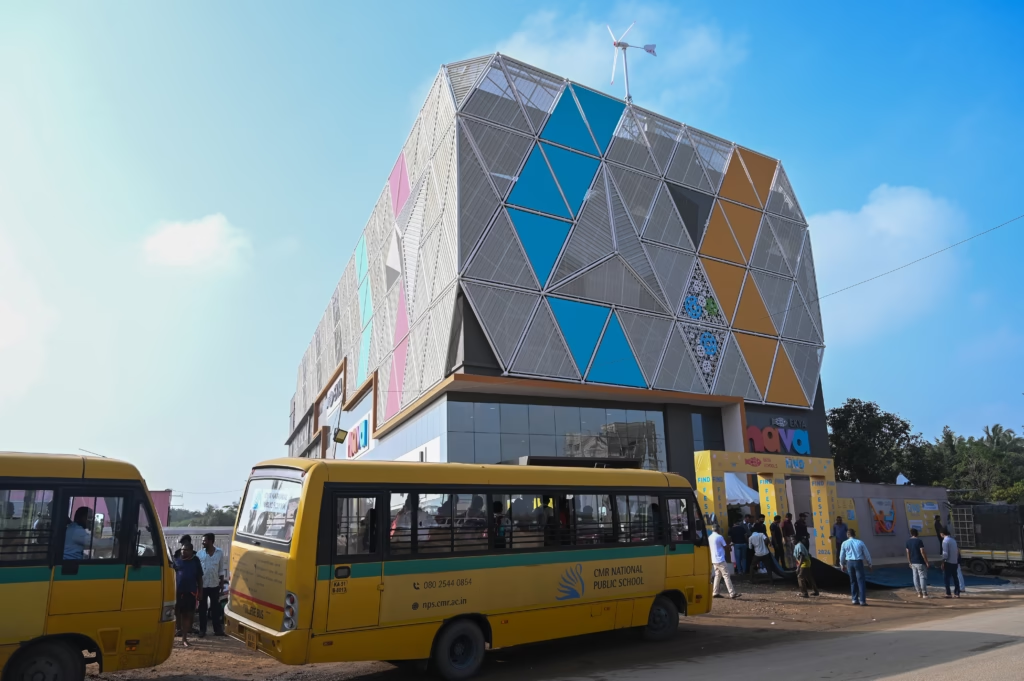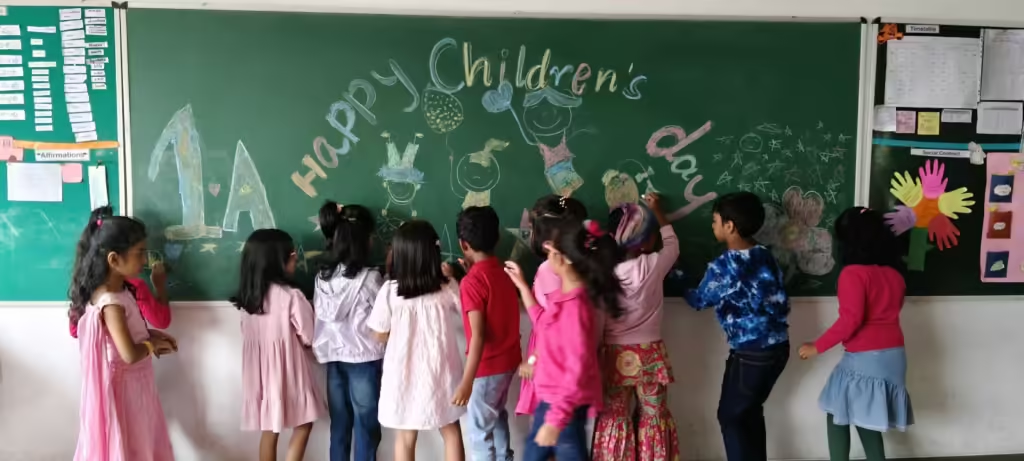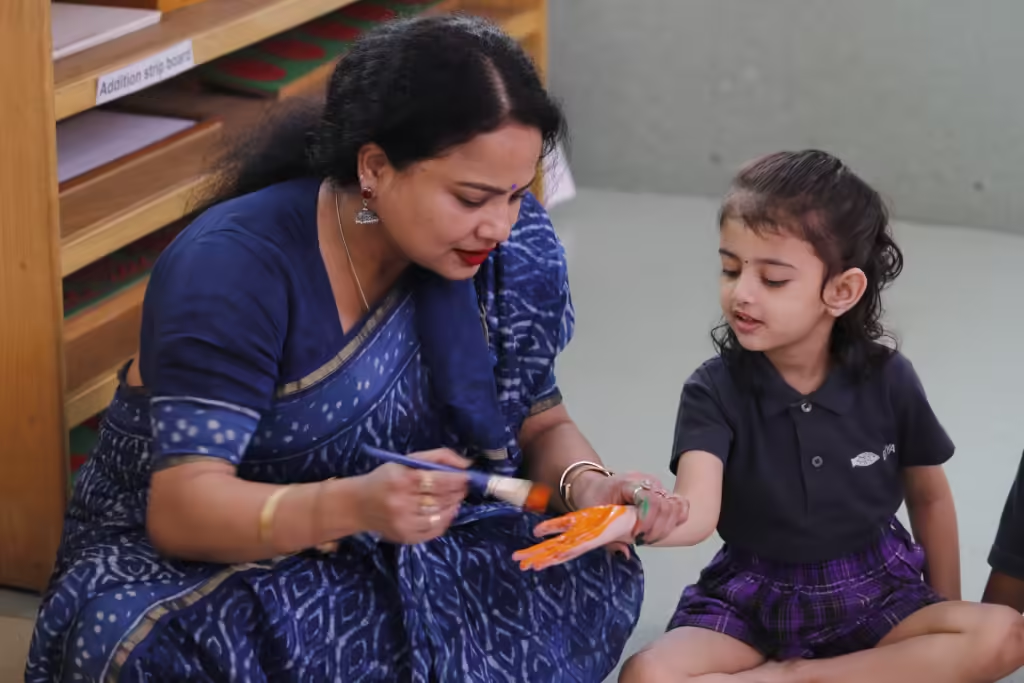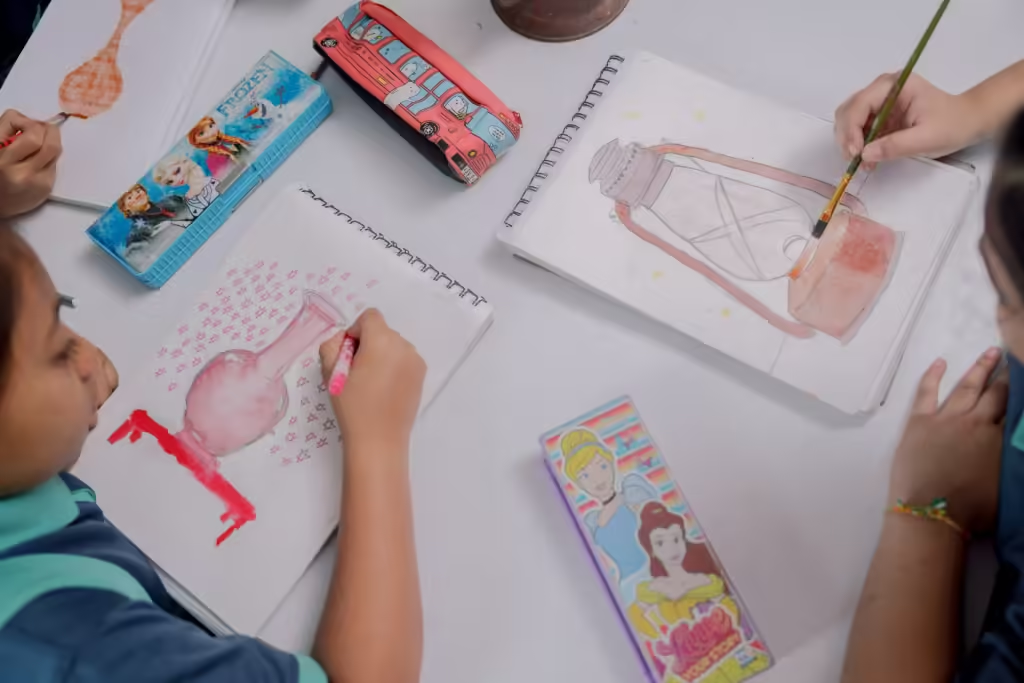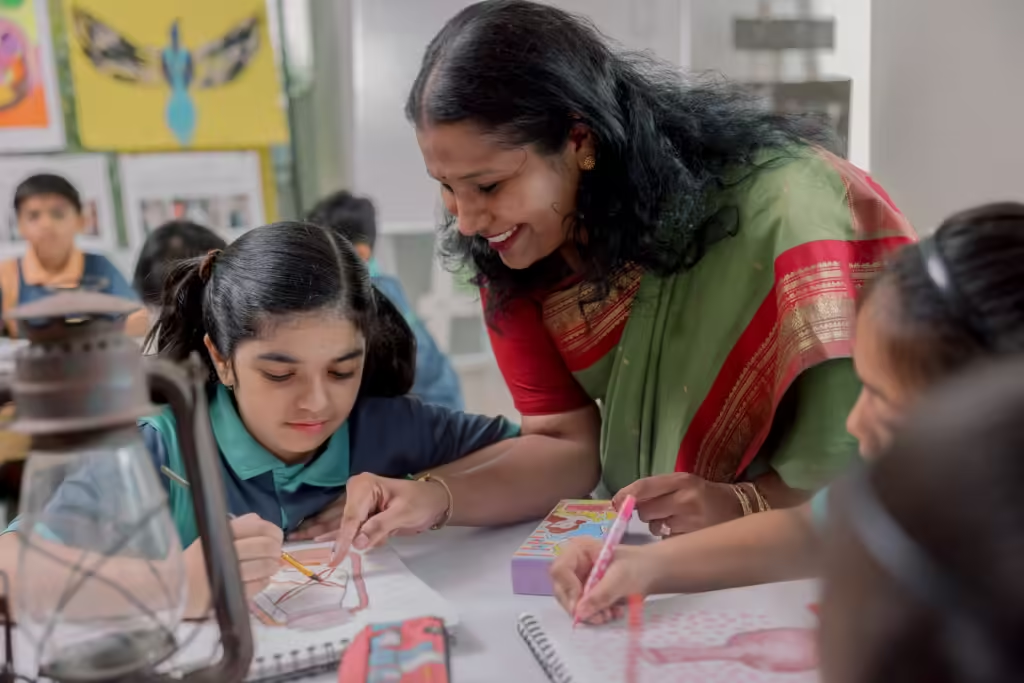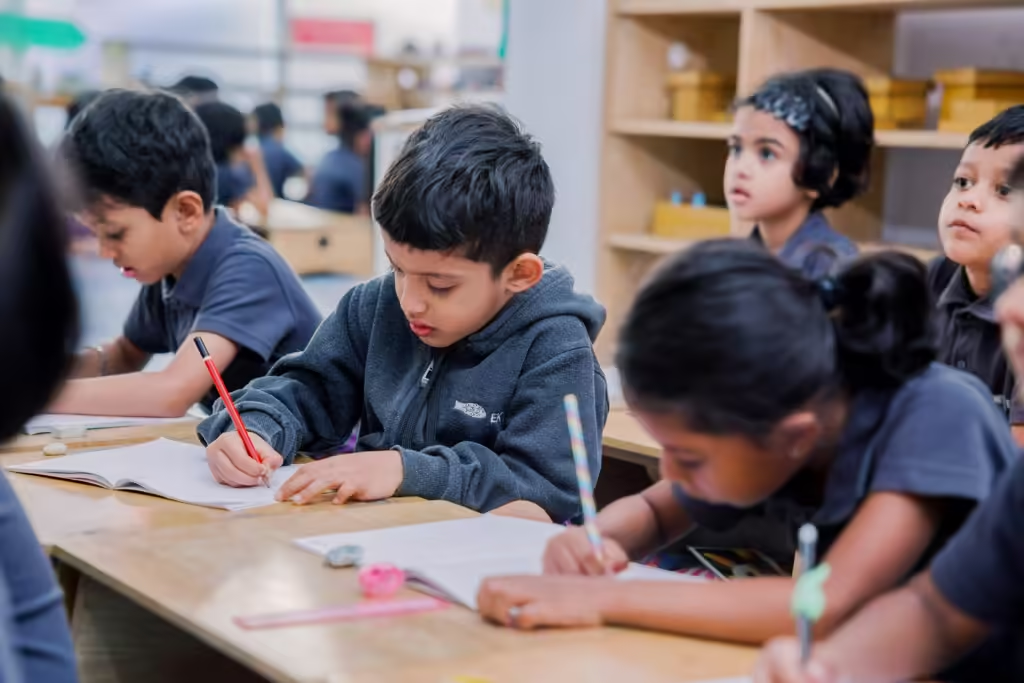From Classrooms to Real World: The Significance of Purpose-Based Learning at International Schools in Bangalore
Have you ever wondered how education can inspire students to become active creators of their own futures? In a time when learning is evolving like never before, international schools in Bangalore are leading the charge with innovative approaches that make this vision a reality. At the heart of this movement is purpose-based learning, an approach that transcends traditional teaching methods to create a more meaningful and engaging educational experience. This philosophy not only equips students with essential knowledge but also encourages them to tackle real-world challenges with creativity and confidence. The impact of purpose-based learning is particularly evident in the IGCSE schools throughout Bangalore, where hands-on experiences enhance the learning journey. Here, students don’t just absorb information; they actively shape their futures while discovering their passions and potential. Understanding Purpose-Based Learning Purpose-based learning is an educational approach that focuses on instilling a sense of purpose and relevance in students’ learning experiences. Rather than viewing education as a series of isolated subjects, this method connects learning to real-life applications, encouraging students to engage deeply with the material and recognise its significance in their lives and communities. International schools in Bangalore, with their diverse curricula and emphasis on global citizenship, provide an ideal environment for implementing purpose-based learning. By integrating real-world problems and scenarios into the curriculum, these schools help students develop critical thinking skills, creativity, and resilience—qualities that are essential for success in today’s complex world. Bridging the Gap Between Theory and Practice Another significant advantage of purpose-based learning is its ability to bridge the gap between theory and practice. In traditional educational settings, students often struggle to see the relevance of what they are learning. Purpose-based learning addresses this challenge by linking academic concepts to real-world applications. Transforming knowledge into meaningful action For example, in subjects like mathematics or science, international schools in Bangalore may employ project-based learning strategies that require students to apply theoretical concepts to solve practical problems. This approach not only reinforces learning but also enhances students’ confidence in their abilities to tackle real-world challenges. Moreover, such experiential learning opportunities can extend to various fields and interests. Students passionate about art might engage in community mural projects, while those interested in business could develop entrepreneurial ventures or participate in local markets. This holistic approach to education prepares students to think critically and creatively, essential skills in any profession, including those that might lead them to seek out the best tattoo in Bangalore or other specialised fields. Preparing Students for Global Citizenship One of the primary benefits of purpose-based learning in international schools is its focus on preparing students for global citizenship. In an increasingly interconnected world, students must learn to navigate cultural differences, collaborate with diverse groups, and contribute positively to society. Purpose-based learning fosters these competencies by encouraging students to engage with local and global issues through projects, discussions, and community service initiatives. For instance, an IGCSE school in Bangalore may incorporate projects that address environmental sustainability, allowing students to explore the impact of climate change. By participating in such initiatives, students gain hands-on experience and are empowered to make informed decisions as responsible global citizens. This engagement not only enhances their academic skills but also instils a sense of responsibility and purpose that extends beyond the classroom. Fostering Lifelong Learning and Adaptability Purpose-based learning also promotes lifelong learning and adaptability—two critical attributes in a rapidly changing world. By encouraging students to pursue their interests and connect their learning to personal goals, international schools in Bangalore instil a passion for continuous growth. Building skills for a dynamic future. Students learn to adapt to new information, challenges, and environments, which is particularly valuable as they transition into higher education or the workforce. The skills they develop through purpose-based learning enable them to approach challenges with confidence and creativity. For instance, a student who has engaged in purpose-based projects in their IGCSE curriculum will likely feel prepared to tackle complex issues in university or their future careers. Conclusion The significance of purpose-based learning in international schools in Bangalore cannot be overstated. This innovative educational approach not only enhances academic learning but also prepares students for real-world challenges by fostering global citizenship, bridging theory with practice, and promoting lifelong learning. As students engage in purpose-based projects, they gain the skills and knowledge necessary to navigate an increasingly complex world, equipping them for future success in various fields. Whether they aspire to excel in academia, pursue artistic passions, or explore career paths such as tattoo artistry, the foundation laid by purpose-based learning will serve them well throughout their lives. In an age where adaptability and critical thinking are paramount, international schools in Bangalore are leading the way in providing students with the tools they need to thrive.




